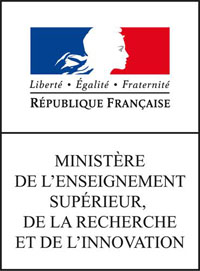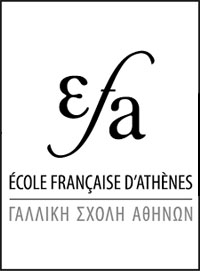KATO PHANA - 2007
Informations Générales
Numéro de la notice
650
Année de l'opération
2007
Chronologie
Mots-clés
Nature de l'opération
Institution(s)
Toponyme
Notices et opérations liées
Description
Kato Phana. L. Beaumont (BSA/Sydney) reports on a further study season devoted to the conservation and cataloguing of LH IIIC−LRom finds from the 2005 excavation. The date and nature of the finds (fineware cups, figurines, objects of valuable metals) emphasize that this was a cult site as early as the LBA, and probably remained in continuous use until the LRom period.
I. Basiakos undertook quantitative chemical and morphological (microscopic and macroscopic) analyses of soil samples from the deep cores taken in 2006 in the archaeometry laboratory of NCSR Democritos. Preliminary results indicate that the sea, now some 300m W of the archaeological site, reached in antiquity to the foot of the sanctuary. This helps to explain the massive anc. peribolos walls which defined the low natural mound on which the sanctuary was established, and which were designed not only to withstand the pressure of the earth fill behind them, but also to protect the sanctuary from the sea.
I. Basiakos undertook quantitative chemical and morphological (microscopic and macroscopic) analyses of soil samples from the deep cores taken in 2006 in the archaeometry laboratory of NCSR Democritos. Preliminary results indicate that the sea, now some 300m W of the archaeological site, reached in antiquity to the foot of the sanctuary. This helps to explain the massive anc. peribolos walls which defined the low natural mound on which the sanctuary was established, and which were designed not only to withstand the pressure of the earth fill behind them, but also to protect the sanctuary from the sea.
Auteur de la notice
Catherine MORGAN
Références bibliographiques
Unpublished field report, British School at Athens (L. Beaumont)
Date de création
2009-12-01 00:00:00
Dernière modification
2023-10-03 11:25:33








